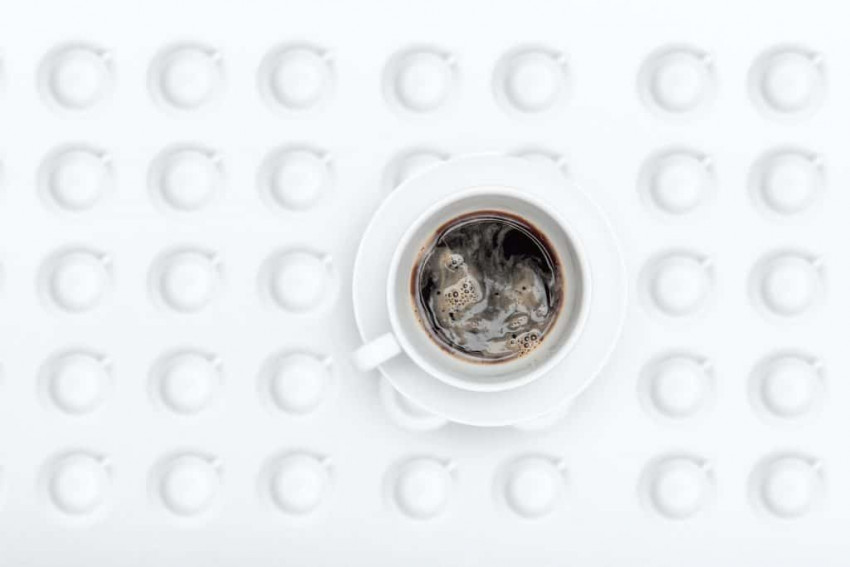
For any homeowner, a clogged drain may be a significant headache. It’s critical to respond swiftly before the situation worsens. Blocked drains can quickly escalate into a major plumbing problem. If you’re not sure what to do and the problem is getting out of hand, give us a call right soon. If not, you can try a few things on your own. Blocked drains can be caused by a variety of factors. Allowing a blocked drain to sit for an extended period of time might result in a foul stench that no one likes to deal with. The foul scent is caused by a build-up of sludge and residue in the drain. That’s why it’s critical to address your clogged drain as soon as possible. Fortunately, you can clear the block and prevent it from happening again with a few simple tricks and checks. Continue reading to learn more.
HOW TO UNCLOG A CLOGGED DRAIN
1) The Method of Hot Water
To assist eliminate fat and waste, pour boiling water down the sink drain. By relaxing and melting muck, boiling water can also help with obstruction removal. Even if it isn’t always successful, this procedure will not work for major blockages. Remember that using hot water may force the obstruction deeper into your pipes, making cleaning more difficult.
2) Vinegar with Baking Soda
The mix of vinegar and baking soda is a simple at-home therapy that is both effective and environmentally friendly. Simply pour one cup baking soda (bicarbonate of soda) and one cup vinegar down the clogged drain, wait 10-15 minutes for it to work, and then flush it out with hot water. As they pass along, the pressure created by the expanding mixes forces the blockage lower. Because it aids in the removal of soap scum from drains, the solution also helps to remove it.
3) Coat Hanger
To make a little hook, straighten a wire coat hanger and bend one end over. Remove any hair or muck by working this past the drain cap. Run hot water after that to get everything going again. When the obstruction is in the first 5cm–10cm of the drain, this procedure is most efficient.
4) Using a Plunger
The objective of a plunger is to unclog blocked systems so that the water trapped inside can be drained. It’s possible that the tried-and-true ways are still the most successful. That is why every bathroom in every home should have a plunger. Plungers work by sucking or forcing air downward, perhaps dislodging the blockage and boosting pipe flow.
5) Use Dish Detergent
A modest (though substantial half cup) of dishwashing soap down the drain can be the miracle you’re hoping for when it comes to blockages caused by built-up grease and oils deposits. Pour some hot water down the drain and wait for the chemicals to do their thing. The detergent should dissolve oils and fats while also acting as a lubricant for other particles such as food.
6) Self-Assembled Natural Cleaner
Bicarb soda (baking soda) and white vinegar, when combined, have the capacity to dissolve undesirable obstruction. The two items combine to produce oxygen, which cleans and clears the inside of the drains/pipes. The chemical reaction will be triggered by pouring bicarb soda first, followed by white vinegar (careful to cover the drain so bubbles do not fly up). Although it is customary to repeat this procedure, it is helpful in clearing a clogged drain. In order to avoid residue build-up, flush the pipe with hot water when the process is completed.
7) Hydro-Jet
A forceful blast of water is used in this procedure to clear the blocked pipes and drains. Because of the pressure created by the water, the obstructions are forced to be removed. Although hydro-jet is not as effective as other methods at removing solids, it is safer and less damaging. This service should be done by a competent and experienced local plumber to ensure that the pipes are properly cleaned.
8) Drain Snake
Drain snakes are really useful. A drain snake is a flexible metal rope with a metal spiral tip at the end.
You manually manoeuvre the metal rope’s end into the drain with this equipment. You bring the rope up with the clog once you reach a stopping position. This is an excellent strategy that usually produces excellent results. We’re talking about clumps of hair and muck when we say “results.”
9) Sodium Hydroxide
Most hardware stores carry sodium hydroxide, often known as caustic soda. It’s extremely poisonous and can cause chemical burns. Wearing eye protection and rubber gloves while handling this product is recommended. Always exercise caution when using this product and keep it away from children and pets.
Pour three-fourths of a gallon of cold water into a bucket and mix it with three cups of caustic soda for this procedure. Stir well until the mixture begins to boil up and fizz. Pour the fluid down your clogged drain once the chemical reaction has begun and leave it there for around 25 to 30 minutes. Pour some boiling water down the drain to finish.
10) Baking Soda and Salt
Pour half a cup of table salt and half a cup of baking soda down the clogged drain. After 10-20 minutes, pour boiling water down the drain. A chemical reaction between the salt, baking soda, and boiling water should dissolve some of the most stubborn clogs.
So there you have it: Ten simple and quick strategies for dealing with the most difficult blocked drains. Keep these simple and cost-effective ideas in mind. These problems will not require the services of a plumber. If none of the other options work, you can call a mates rates plumber as a final resort.



